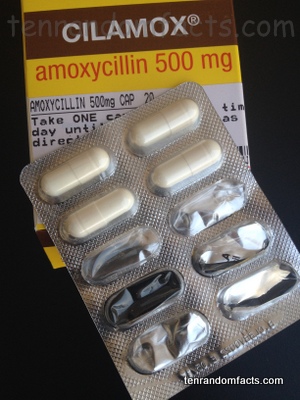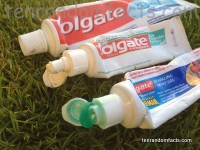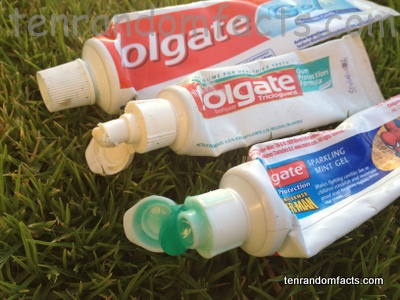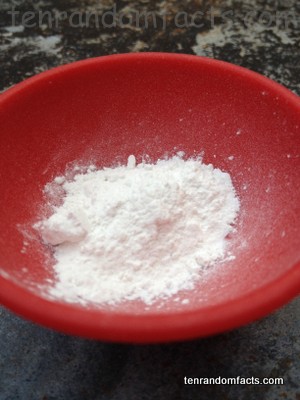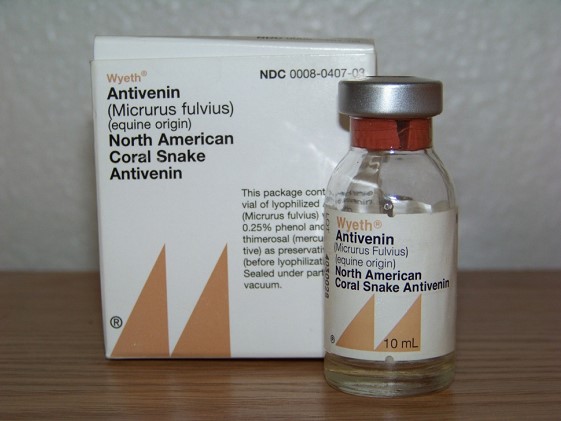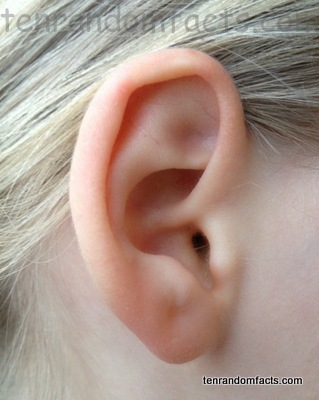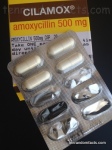
Have you ever been prescribed amoxicillin?
- Amoxicillin is a medical drug often prescribed to treat bacterial problems or infection.
- Of all antibiotics, amoxicillin is the most frequently used antibiotic that is given to children.
- ‘Amoxicillin’ is also known as ‘amoxycillin’ and ‘amox’, and it is packaged under numerous brand names.
- Amoxicillin was created by The Beecham Group, a pharmaceutical company from the United Kingdom, Europe, in the 1960s, and was first made publically available in 1972.
- Amoxicillin can cause rashes, nausea, vomiting, diarrhoea, dizziness and other reactions, often as a result of an allergic reaction or incorrect use.
- Amoxicillin was the second aminopenicillin belonging to the penicillin family, that was made publicly available in the world, and it contains a β-lactam (beta-lactam) ring in the molecule structure that inhibits bacterial cell wall synthesis.
- Amoxicillin is made of carbon, hydrogen, nitrogen, oxygen and sulphur, in a chemical structure of C16H19N3O5S, and it is listed in the World Health Organistion’s Model List of Essential Medicines as a required medicine for basic healthcare.
- Amoxicillin is most commonly available in the form of a liquid, capsule, chewable tablet, and powder, and it is usually only available by prescription
- Typically, amoxicillin is required to be taken during or within an hour of the consumption of food, and should be taken at the same times daily until it is finished.
- Amoxicillin is often taken by way of mouth, although it can be injected into a vein.
Bibliography:
Allen H, Amoxicillin for Infections, 2013, Patient.co.uk, http://www.patient.co.uk/medicine/amoxicillin-for-infections
Amoxicillin, 2014, Drugs.com, http://www.drugs.com/amoxicillin.html
Amoxicillin, 2014, Wikipedia, http://en.wikipedia.org/wiki/Amoxicillin




